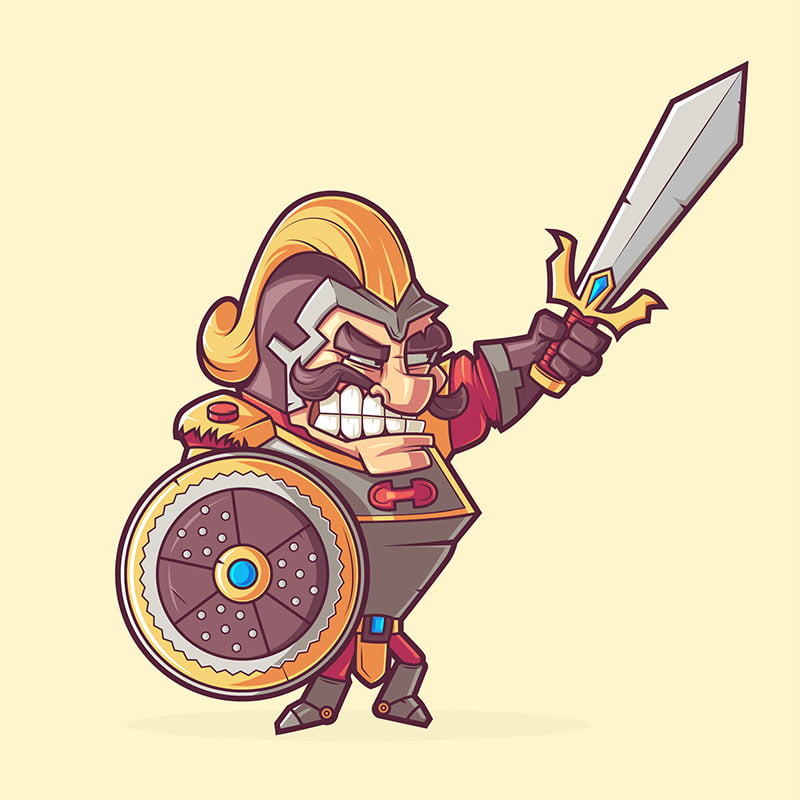Mascot design is an essential element of branding, marketing, and advertising. These lively characters are often used to represent a company, organization, or event, and can play a significant role in how they are perceived by the public. In this article, we will explore the various aspects of mascot design and how they can be used effectively.
The first step in creating a successful mascot is to understand the target audience. The mascot should be designed to appeal to the target audience and should reflect the values and personality of the company or organization. This can be achieved by considering factors such as age, gender, and interests of the target audience. For example, a mascot for a children’s toy company should be playful and colorful, while a mascot for a financial institution should be more serious and professional.
The next step is to choose an appropriate style for the mascot. There are a wide variety of styles available, from cartoonish to realistic. The style should be chosen to match the target audience and the overall message that the mascot is intended to convey. For example, a cartoonish style may be more appropriate for a children’s toy company, while a realistic style may be more appropriate for a financial institution.
The mascot should also be designed to be versatile and adaptable. It should be able to be used in a variety of different contexts, such as print materials, television commercials, and web banners. This can be achieved by creating a mascot that is easily recognizable and can be reproduced in a variety of different formats.
Another important aspect of mascot design is animation. A well-designed mascot should be able to be animated in a way that is both visually appealing and expressive. This can be achieved by using a variety of animation techniques such as keyframe animation, motion graphics, and stop-motion animation.
When it comes to creating a mascot, it’s also important to consider the use of color. The right color scheme can help to create a sense of emotion and personality for the mascot. Color should be used to support the overall message of the mascot, and to create a sense of harmony and unity in the piece.
Finally, the mascot should be designed to be memorable and easily recognizable. The mascot should have a unique and distinctive appearance that will stick in the minds of the target audience. This can be achieved by using a variety of design techniques such as incorporating a unique shape, color scheme, or personality trait into the mascot.
In conclusion, mascot design is an essential element of branding, marketing, and advertising. By understanding the target audience, choosing an appropriate style, designing the mascot to be versatile and adaptable, animating it effectively, using color to create emotion and personality, and making it memorable, you can create a mascot that will effectively represent the company, organization, or event.









